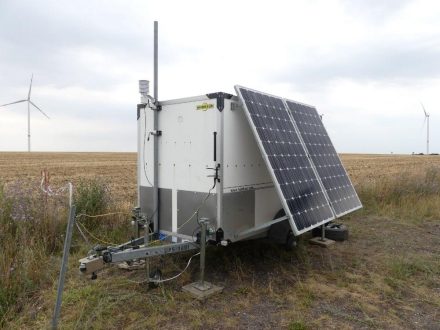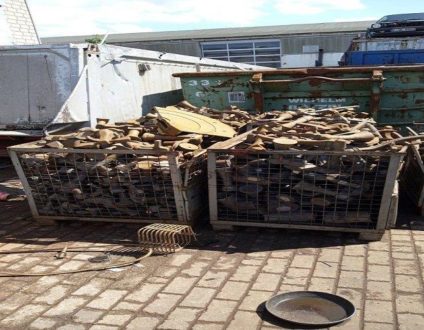
World harvest of dry peas increased
The International Grain Council (IGC) has forecast the world’s dry pea harvest in the 2020/21 crop year at around 14.3 million tonnes. This would translate to a 0.3 million tonne rise from the previous year. The outlook is mainly based on higher harvest estimates for Canada, Russia and Australia. The harvest increase in Canada – the world’s most important country of origin for dry peas – is estimated at 4.6 million tonnes, which would be up around 0.4 million tonnes from the previous year. Australian production is also seen to have risen by just less than one third to 300,000 tonnes due to higher yields. Despite reports of excessively dry growing conditions in Russia, the Russian dry pea crop in 2020 is forecast at 2.4 million tonnes. This would translate to a slight rise over the previous year’s volume. In the EU-27, the dry pea harvest is seen to be up 0.1 million tonnes year on year at 2.1 million tonnes.
On the other hand, according to the IGC, the US and Ukraine saw a significant slump in harvest volumes. US production probably amounted to 0.8 million tonnes, falling 17 per cent short of the previous year’s volume. In Ukraine the harvest volume is seen to have decreased around 12 per cent to 0.5 million tonnes. According to investigations conducted by Agrarmarkt Informations-Gesellschaft (mbH), the decline is probably due to dry growing and harvesting conditions.
In view of the EU’s large need for imports of feed protein, the Union zur Förderung von Oel- und Proteinpflanzen (UFOP) has emphasised that the large potential of the production of dry peas and other large-grain legumes such as field beans, lupins and soybeans could be tapped. According to the UFOP, farmers have been waiting in the wings for many years. The importance of these crops as flowering plants for biodiversity as well as nitrogen-fixers for climate protection – and, consequently, their contribution towards the ecosystem performance from extended crop rotation systems – is common knowledge, the UFOP has pointed out. In light of climate change and its consequences, the pressure to act and succeed is enormous now, the association has underlined, referring to the 1.5-degree target to be reached by 2030. The UFOP has explained that grain legumes are an essential element to improve soil fertility, establish resilient crop rotations and increase soil carbon content. In this context, the association has drawn attention to the German Ministry of Agriculture’s agricultural farming strategy. The aim of the strategy is basically to enhance the diversity of crops, taking into account progress in production technology, digitization and plant breeding that can already be leveraged today and also progress that will be made in future. UFOP has said that climate change and the need for economic competitiveness are the factors defining the framework of action and level of pressure to adapt.
The Union for the Promotion of Oil and Protein Plants e. V. (UFOP) represents the political interests of companies, associations and institutions involved in the production, processing and marketing of domestic oil and protein plants in national and international bodies. UFOP supports research to optimise agricultural production and for the development of new recycling opportunities in the food, non-food and feed sectors. UFOP public relations aim to promote the marketing of domestic oil and protein plant end products.
UFOP – Union zur Förderung von Oel- und Proteinpflanzen e.V.
Claire-Waldoff-Str. 7
10117 Berlin
Telefon: +49 (30) 2359799-40
Telefax: +49 (30) 2359799-99
http://www.ufop.de
GF
Telefon: +49 (30) 31904434
E-Mail: s.arens@ufop.de
Sekretariat
Telefon: +49 (30) 31904-486
Fax: +49 (30) 31904-485
E-Mail: s.reder@ufop.de
![]()





